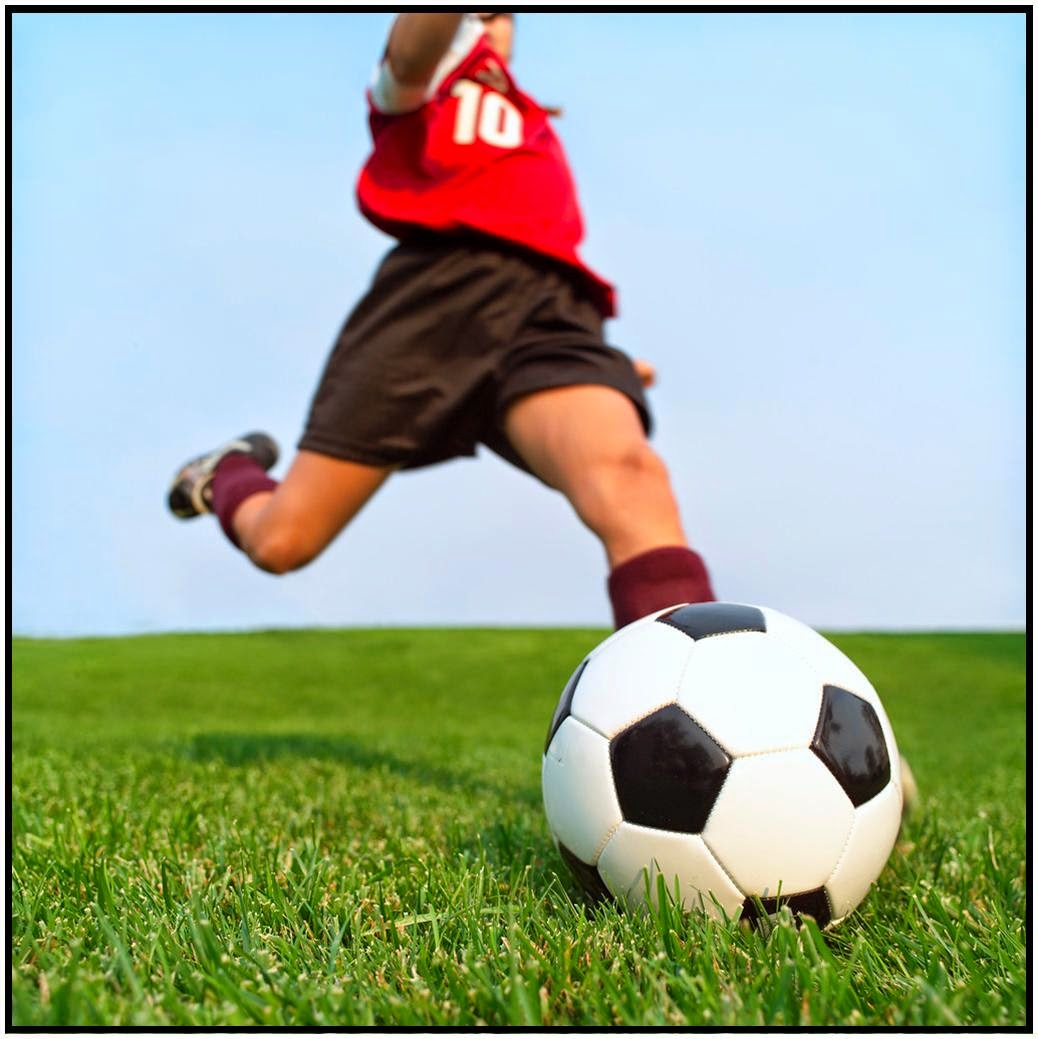A New Project
For almost a year Mr. Fen-Mac has been working on a project called Don't Walk in the Hallway. This project was inspired after Mr. Fen-Mac went to a workshop where Dr. Dean Kriellaars was speaking about developing Physical Literacy, enriching school hallways and the impact Physical Literacy has on childhood health and development. Perhaps at first, reading the title Don't Walk in the Hallway sparks a lot of questions. So here's my attempt to bring you in on this fantastic initiative and how Panorama Hills School is perhaps the first of it's kind to attempt this.
Overview
This school-based initiative to promote Physical Literacy is the beginning of a culture-shift in the design of traditional hallways. Recreation, Health or Education, regardless of your professional setting, Don't Walk in the Hallway encourages a shift from walking, to moving with purpose and creativity. In addition to supporting the development of physical literacy, this project aims at increasing daily physical activity levels among youth while nudging older populations to meet their recommended levels of activity.
Our Plan
In the near future we will be taking a baseline assessment on the number of steps children take on a given day in our school. The plan is to measure 30 students over the period of 10-15 days. This is still in the works however because there is some policy around this type of assessment and we want to ensure that we are in line with CBE policy and regulations. More in the coming weeks on this. We will be using 30 Garmin activity monitors (Vivoki) that have the capacity to collect weeks of activity data.
Once we have this assessment completed, and have an idea of the daily amount of steps, we are ready for the next stage. At this point we will be replacing nearly 130 floor tiles in our school hallways and creating patterns in the floor. These patterns are currently being designed with the help of the CBE Math Specialist, the CBE Comprehensive School Health Specialist, the Physical Education Specialists from the CBE and Catholic Board and of course our own Physical Education Staff. We want the patterns to be purposeful and encourage skipping, hopping and jumping (think agility ladder built into the floor) as students move through the hallways and we also want them to serve a cross-curricular purpose as well - in this case math.
Once the floor tiles are in, we can take a post-baseline assessment of these same children. Our goal is that we will see an increase in their daily accumulated steps because they were no longer just walking in the hallway!
More Info and Other Applications
In one generation we have eradicated walking to school. This accumulates to a loss of 2000 steps a day and when converted into a caloric measurement, nearly 10 pounds of accumulated fat annually. A typical target for children is 15,000 steps and on average children fall short of this by 4000 steps during the week and 7000 steps on the weekend (CS4L)! If we can replace this huge number of lost steps perhaps we can further make a difference in the health of our students and reclaim these steps.
This project doesn't come without a cost. Completing this work after a school is built can be costly. Our goal would be to have these patterns built into the plans of new schools. Alberta Education alone has plans to build 50 new schools and modernize roughly 70 more existing facilities and this initiative is not only for Alberta elementary schools. Middle and High Schools can benefit from these patterns too. Small breakout groups, working with students who require physical therapy intervention and even indoor recess can benefit from enriched hallways.
Now here is the question - Will you stop walking in the hallway?









